The Lady’s Guide to Celestial Mechanics by Olivia Waite is a captivating Regency-era romance blending astronomy, forbidden love, and women’s contributions to science. Lucy Muchelney, a talented astronomer, navigates societal expectations and sapphic desires, offering a lush, inspiring tale of self-discovery and passion.
Overview of the Book and Its Significance
The Lady’s Guide to Celestial Mechanics by Olivia Waite is a historical romance that masterfully blends science, love, and self-discovery. Set in early 19th-century England, the novel follows Lucy Muchelney, an astronomer’s daughter, as she navigates societal expectations and her own ambitions. The book highlights women’s contributions to astronomy during the Regency era, offering a fresh perspective on their roles in STEM. Its lush prose and sapphic romance have garnered critical acclaim, making it a standout in the historical romance genre and a celebration of women’s intellectual and emotional journeys.
Historical Context of Women in Astronomy
During the Regency era, women’s contributions to astronomy were often overlooked, despite their crucial roles as calculators and note-takers for male astronomers. The novel sheds light on this forgotten history, highlighting the challenges women faced in gaining recognition for their scientific work. Lucy Muchelney’s journey reflects the era’s societal norms, where women’s intellectual pursuits were frequently undervalued. By centering a female astronomer, the book challenges historical narratives, offering a poignant reminder of the untold stories of women in STEM during this period.
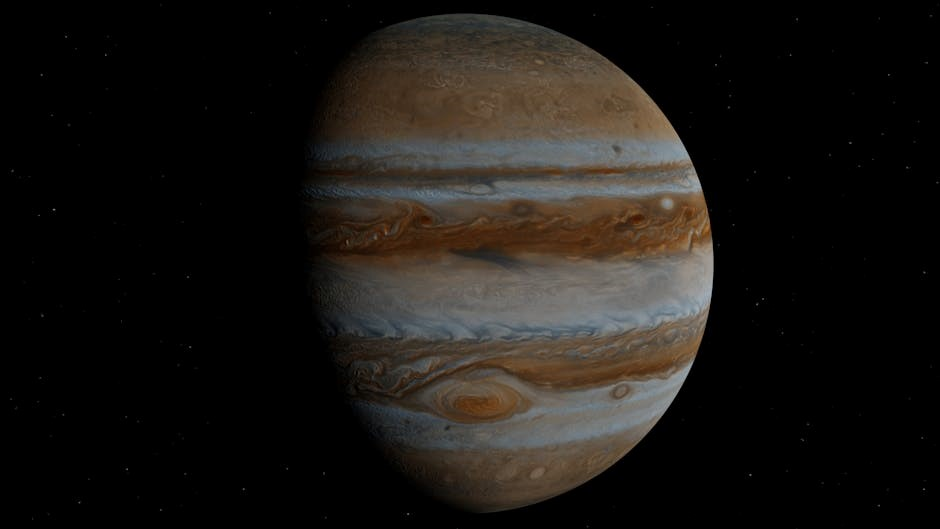
The Regency Era Setting

The novel is set in early 19th-century England, capturing the societal norms and scientific advancements of the Regency period. It vividly portrays the era’s scientific and cultural landscape, highlighting the restrictions women faced in both society and science, while weaving these elements into the story’s romantic and intellectual journey.
Science and Society in Early 19th-Century England
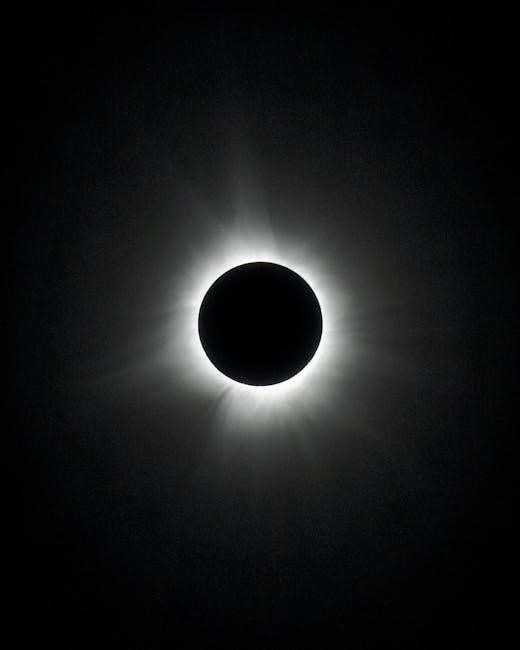
In early 19th-century England, science flourished amid rigid gender roles. Women like Lucy Muchelney, though excluded from formal scientific circles, contributed significantly through translation and calculation. The novel highlights this duality, showcasing how women navigated societal constraints to participate in intellectual pursuits, blending their passion for discovery with the era’s cultural expectations, creating a vivid portrait of an era where science and society intertwined, often limiting yet inspiring women’s roles in astronomy and beyond.
The Role of Women in Scientific Discourse
In the early 19th century, women’s contributions to science were often overlooked, yet they played vital roles as translators, calculators, and observers. Lucy Muchelney’s journey reflects this duality, as she navigates a world where women’s intellectual labor is undervalued. Despite societal constraints, women like Lucy found ways to engage with scientific discourse, challenging the era’s gender norms. The novel highlights their resilience and the quiet yet profound impact they had on scientific progress, offering a nuanced portrayal of women’s roles in a male-dominated field during the Regency era.
Exploring the Scientific Elements
The Lady’s Guide to Celestial Mechanics delves into the intricacies of celestial mechanics and astronomy, showcasing Lucy Muchelney’s contributions to scientific discourse during the Regency era.
Celestial Mechanics and Its Importance
Celestial mechanics, a cornerstone of astronomy, studies the motions of celestial bodies. In The Lady’s Guide to Celestial Mechanics, Lucy Muchelney’s work highlights its significance in understanding planetary orbits and gravitational forces. This scientific discipline was pivotal during the Regency era, aiding in navigation and agriculture. Lucy’s contributions underscore the role of women in advancing this field, blending technical precision with narrative elegance. Her journey reflects the era’s scientific curiosity and the challenges women faced in gaining recognition for their intellectual pursuits.
Women’s Contributions to Astronomy During the Regency Period
During the Regency era, women like Lucy Muchelney played pivotal roles in astronomy, often overshadowed by societal norms. Their work, frequently anonymous, involved intricate calculations and observations. Despite marginalization, they contributed significantly to celestial discoveries, challenging gender barriers. Lucy’s journey mirrors the quiet yet profound impact of women in science, highlighting their resilience and intellectual prowess in a male-dominated field. Their efforts laid the groundwork for future generations, blending scientific curiosity with societal progress. The book celebrates their overlooked legacy, offering a tribute to their unseen yet vital contributions. The story underscores the power of female intellect in shaping scientific history. The narrative not only honors their work but also brings their stories to light, inspiring modern readers to recognize the importance of inclusivity in scientific advancement. The historical context of women in astronomy during the Regency period is a testament to their enduring influence.
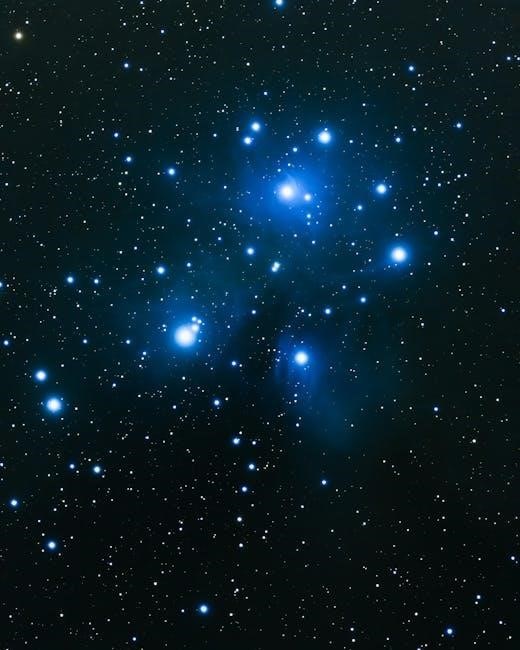
The Romance and Forbidden Desires
The Lady’s Guide to Celestial Mechanics weaves a tender yet passionate narrative of forbidden sapphic love, exploring the societal constraints and emotional depth of Lucy and Catherine’s relationship.
Portrayal of Sapphic Love in Historical Fiction
The Lady’s Guide to Celestial Mechanics beautifully portrays sapphic love in a Regency-era setting, blending tender romance with societal challenges. Olivia Waite crafts a lush, emotionally resonant narrative, exploring forbidden desires through Lucy and Catherine’s relationship. The novel delicately navigates the constraints of their time, offering a passionate yet intimate depiction of love between women. This thoughtful portrayal not only honors the characters’ bravery but also highlights the authenticity of their emotional journey, making it a standout in historical romance.
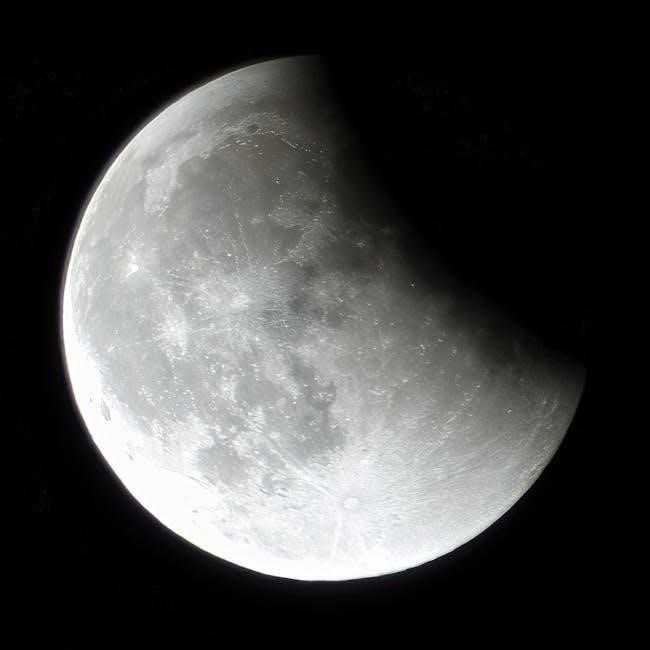
Forbidden Relationships in the Regency Era
The Lady’s Guide to Celestial Mechanics delves into the complexities of forbidden relationships in early 19th-century England. Lucy and Catherine’s sapphic love blossoms amidst societal repression, where such desires were deeply taboo. The novel vividly portrays the tension between personal passion and the era’s rigid expectations, highlighting the risks of scandal and ruin. Waite’s narrative captures the emotional depth of their connection, illustrating how love thrived in secrecy despite the suffocating norms of the time. This poignant portrayal underscores the resilience of love in a restrictive world.
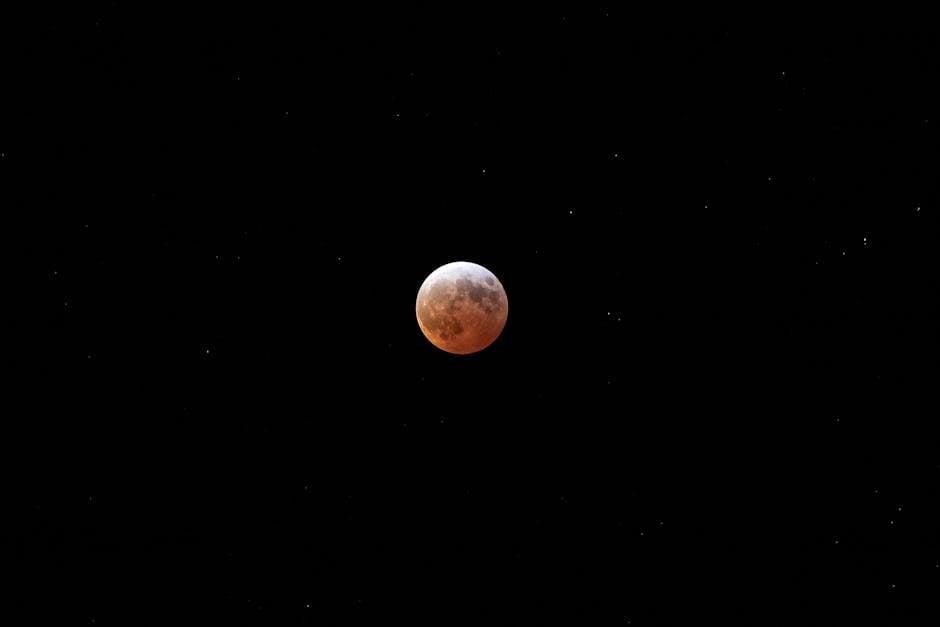
Character Analysis
Lucy Muchelney, a brilliant yet grieving astronomer, and Catherine St. Day, a charismatic artist, form the heart of the story. Their contrasting personalities and shared passions drive the narrative, revealing depth in their growth and the societal challenges they face, while their connection evolves into a transformative bond.
Lucy Muchelney: The Scientist and Her Journey
Lucy Muchelney, a skilled astronomer, navigates grief and societal expectations after her father’s death. Having served as his calculator and note-taker, she yearns to continue his legacy. Her journey begins when she discovers a letter from a French astronomer, sparking her ambition. Lucy’s intellect and passion for celestial mechanics shine as she challenges the constraints placed on women in science. Her relationship with Catherine St. Day, an artist, adds emotional depth, blending her scientific pursuits with personal growth and forbidden desires, highlighting her resilience and self-discovery in a male-dominated world.
Secondary Characters and Their Influence
Catherine St. Day, a talented artist, becomes Lucy’s muse and partner, inspiring her to embrace her passions. Her presence challenges Lucy’s perceptions of love and identity. Other characters, such as Lucy’s father’s colleagues, represent the societal barriers women faced in science, while Catherine’s encouragement highlights the power of support. Together, they create a dynamic that fosters Lucy’s growth, blending art and science in a way that enriches her journey of self-discovery and challenges the limitations placed on women during the Regency era.

Themes and Symbolism
Themes include love, identity, and self-discovery, intertwined with the intersection of art and science, highlighting societal expectations and women’s resilience in pursuing their passions.
Love, Identity, and Self-Discovery
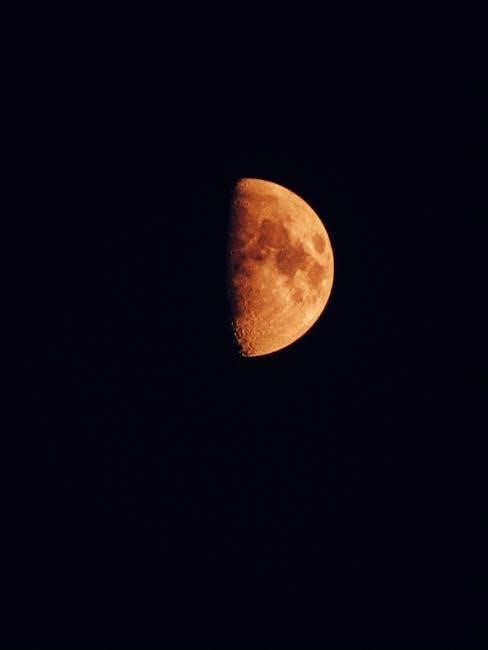
Love, identity, and self-discovery are central themes in The Lady’s Guide to Celestial Mechanics. Lucy Muchelney’s journey explores her passion for astronomy and her blossoming sapphic romance, challenging societal norms. The novel delicately portrays her transformation from grief to self-acceptance, emphasizing her growth as a scientist and a woman. Through her relationship, Lucy discovers her true identity, blending her intellectual aspirations with emotional fulfillment. The story highlights the struggle for women to balance personal desires with societal expectations, creating a profound narrative of love and empowerment.
The Intersection of Art and Science
The Lady’s Guide to Celestial Mechanics masterfully intertwines art and science, showcasing Lucy Muchelney’s astronomical work alongside her emotional journey. The novel highlights how creativity and logic coexist, as Lucy’s scientific contributions mirror her personal growth. The blend of precise celestial calculations and poetic descriptions of love underscores the harmony between intellectual pursuit and artistic expression. This duality enriches the narrative, emphasizing that both fields require passion and precision, making the story a testament to the beauty of interdisciplinary exploration.

Reception and Reviews
The Lady’s Guide to Celestial Mechanics has received critical acclaim for its unique blend of historical romance, astronomy, and sapphic love, becoming a bestseller and inspiring readers worldwide.
Reader Responses and Critical Acclaim
The Lady’s Guide to Celestial Mechanics has captivated readers with its lush prose and heartfelt portrayal of sapphic love, earning a 4.5-star rating from over 2,377 reviewers. Fans praise its unique blend of astronomy, history, and romance, with many highlighting Lucy’s inspiring journey of self-discovery. Critics acclaim it as a standout in historical romance, celebrating its nuanced exploration of women’s roles in science and society. The novel’s steamy yet delicate scenes have also been praised, making it a beloved choice for romance enthusiasts and a bestseller in its genre.
Impact on the Historical Romance Genre
The Lady’s Guide to Celestial Mechanics has significantly influenced the historical romance genre by seamlessly integrating LGBTQ+ themes and women’s contributions to science. Its success has encouraged a wave of diverse narratives, blending romance with scientific exploration. The novel’s acclaim has set a new standard for historical romances, inspiring authors to explore unconventional relationships and intellectual pursuits. It has expanded the genre’s scope, emphasized representation, and fostered a more inclusive literary landscape, impacting future works meaningfully.
The Lady’s Guide to Celestial Mechanics leaves a lasting legacy as a timeless tale of love, science, and self-discovery, inspiring readers with its unique blend of romance and astronomy.
The Legacy of “The Lady’s Guide to Celestial Mechanics”
The Lady’s Guide to Celestial Mechanics has left an indelible mark on historical romance, blending astronomy and sapphic love seamlessly. Its vivid portrayal of women in STEM during the Regency era inspires readers, celebrating their contributions and challenging societal norms. The novel’s lush writing and emotional depth have resonated deeply, making it a cherished read and a significant addition to the genre, ensuring its legacy as a story of love, science, and self-discovery.